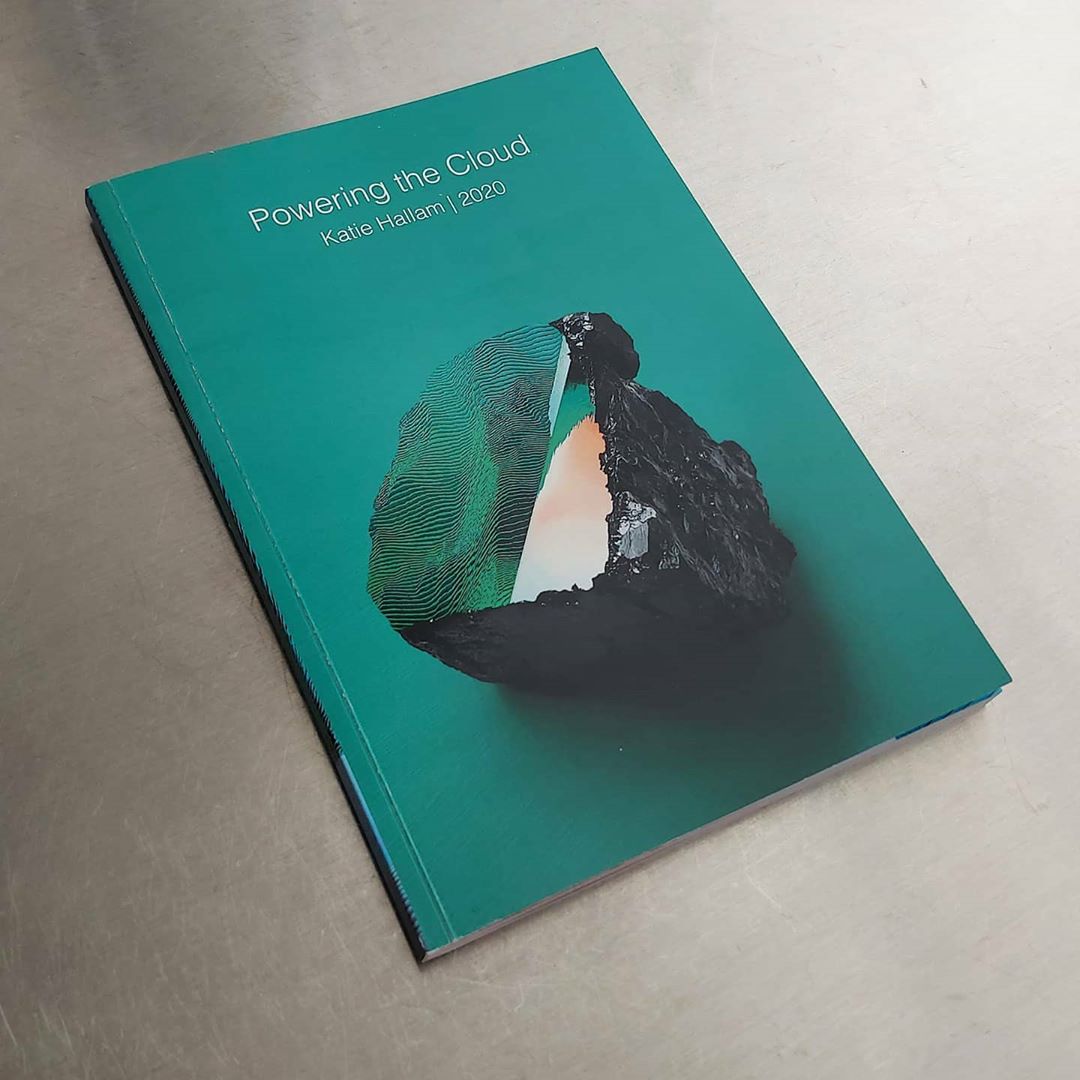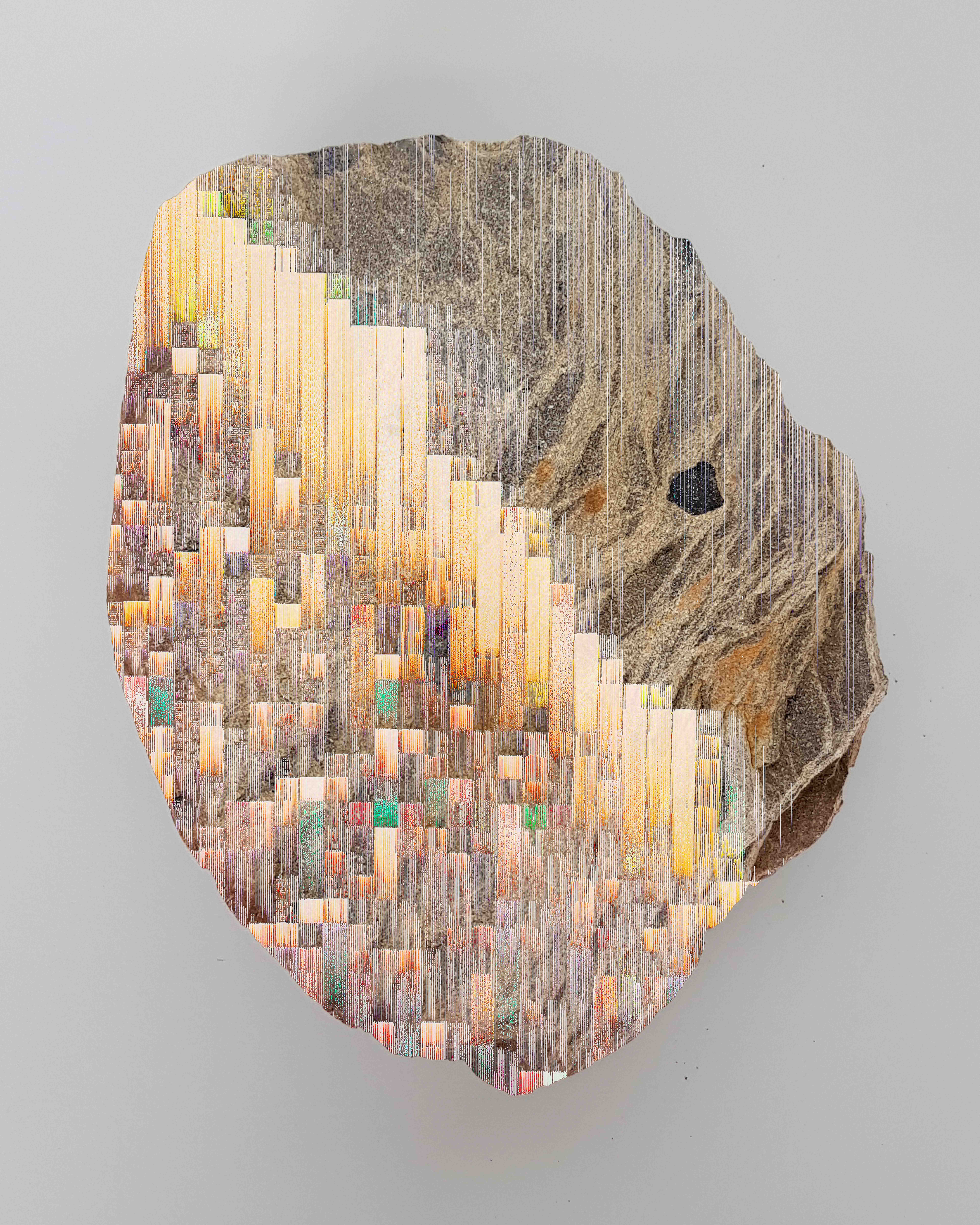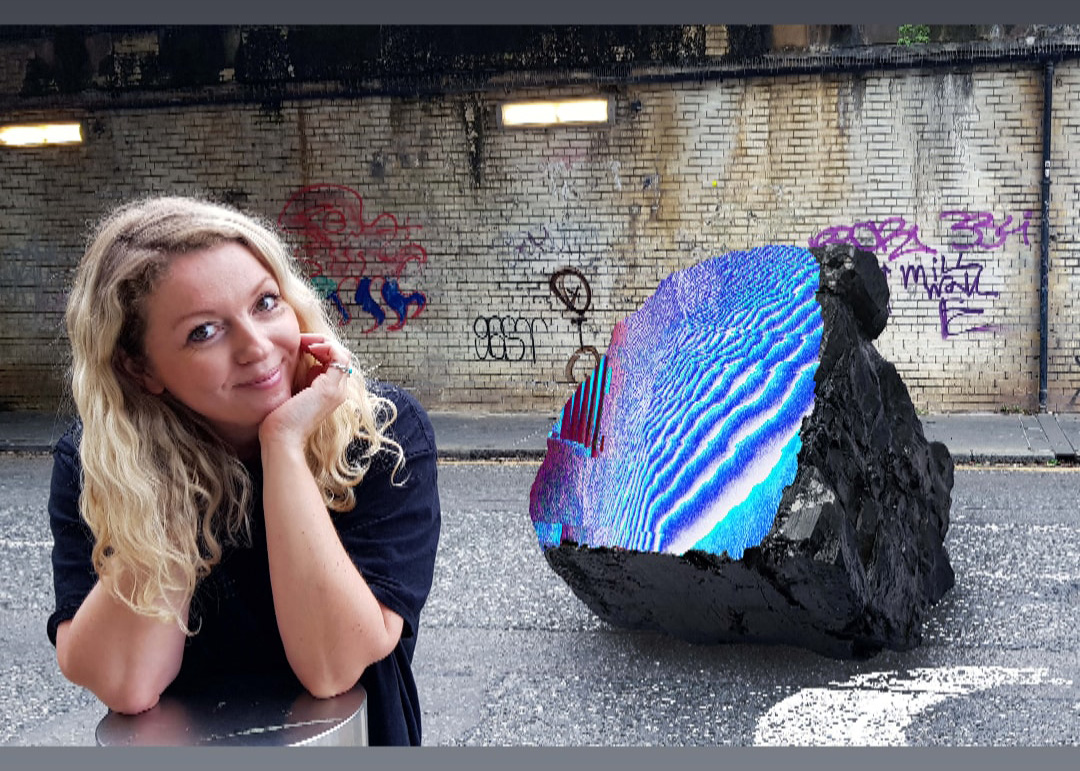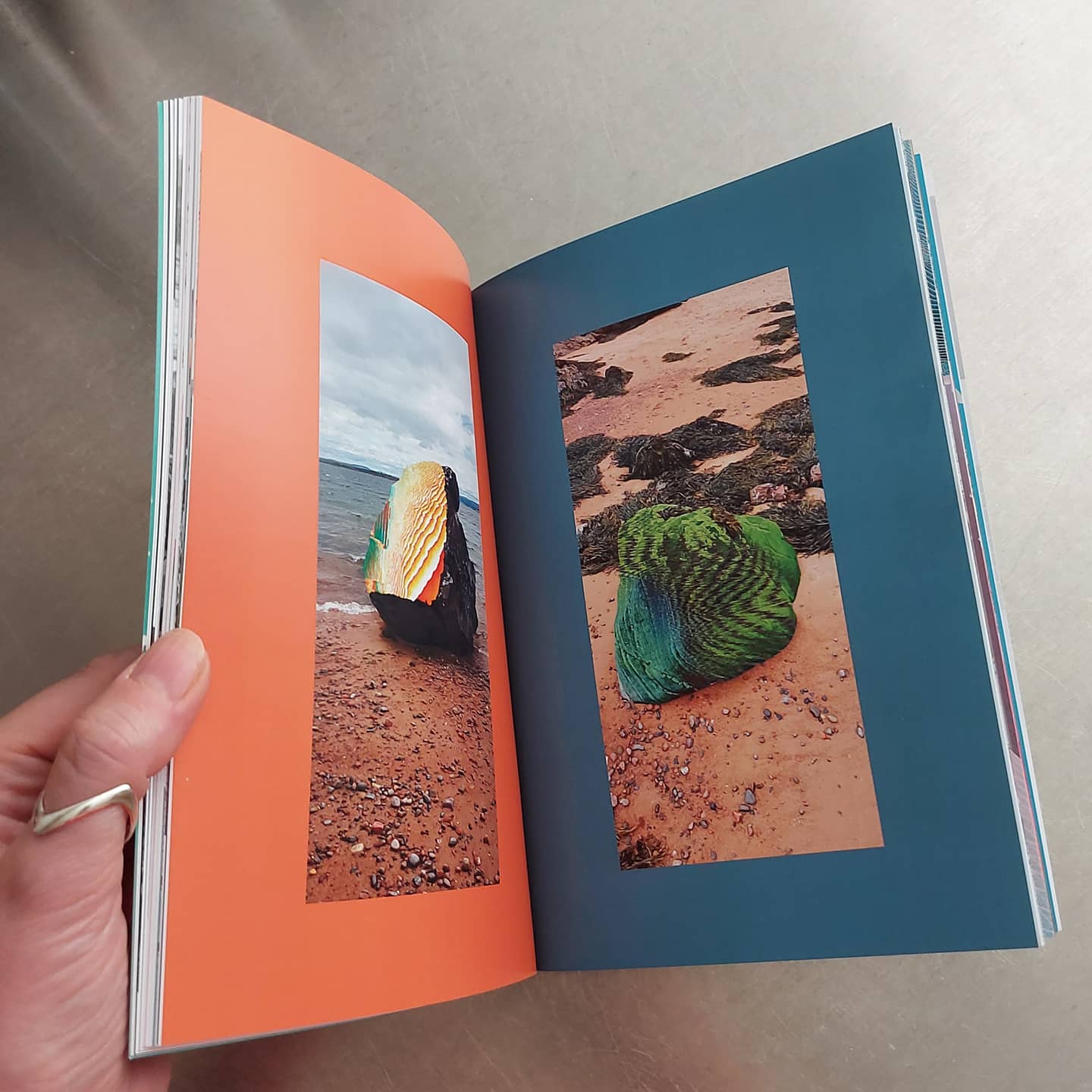
Katie Hallam is an artist based in the United Kingdom, who creates works with new media technologies through the construction and deconstruction of digital imagery, coding and unintentional glitches that occur in our technological experiences.
"I am a part time Secondary Art teacher here in Edinburgh and I continue to create and develop my art practice in my studio towards proposing exhibitions and residencies"
Having taught Art in Secondary Education for the past six years, she took this year to study an MA in contemporary Art practice at Edinburgh College of Art to develop her portfolio and pursue a career making and exhibiting art works.
Katie trained as a photographer at the beginning and worked commercially for several years. “Photography has always been a passion of mine and has always been a key element in my practice.” She started ‘The Beautiful Error’ in 2017 once she found an aesthetic style of glitch art that she wanted to explore further and by selling digital prints though her website, Instagram and participation in art fairs and small exhibitions where her works were well received; she realised she wanted to apply more time to creating.
Her Art
Katie started with how happy she felt of her practice. “I’m incredible proud of how my practice has developed into sculptural works and it comes at a poignant time relating to how we access and value public art moving forward.”
She considered these works not only to be seen but also touched so the viewer is encouraged to think about how our use of technology will eventually and literally become part of our future landscape. “The work should evoke some familiarity with the digital colour and pixelated screens we consume everyday but by combining this aesthetic with natural materials creates a hybrid of uncertainty.” The work goes against logic, intentionally capturing mistakes, interruptions and creating a physical example of how technology could be embedded into the Earth’s skin.

Her Inspiration
Katie Hallam’s rock inspired art commenced during her studies where she began to work with 3D materials such as plaster and concrete and combined the forms and shapes with her photographic glitch designs on elastic and fabric; it was about making the digital somehow physical and more tangible. The concrete would trap, stretch and distort the strands of digital fabric designs. These experiments created a contrast between the pixels of technology and solid man-made textures. “The works started to remind me of geological surfaces, broken concrete because rocky objects and the connection between rocks and digital started there,” she explained.

She wanted to explore the concept of fossilisation, deep time and energy as a resource. “I also considered the idea of the legacy our digital culture will leave on the earth millions of years in the future. From an initial visit to a coal mining quarry and through combinations of experimentation, I created hybrid manifestations of sculpture and digital materiality. Like alchemy, specific works connect new media technology with archaic power.”
Preparation Time Frame
The artist said the Lock-down gave her the opportunity and challenge to see how she could continue to make work and how to present and promote her ideas.
Networking and researching online became the new normal and having spoken to other artists and her tutor’s, she decided the best way to showcase her works would be in the form of a publication. She designed the book over a couple of months adding new content from photographs from locations on her walks and surrounding landscapes.
Each page is designed to tell the journey of this project and showcase the best of the work visually in one place.
A Summary of ‘Powering the Clouds’
‘Powering the Cloud’ is her first publication produced during the lock-down as an alternative to what would have been a physical final degree show; the book outlines proposed art projects initiated during the course.

The concept of ‘Powering the Cloud’ has developed through ongoing explorations connecting digital culture, ecology, geological deep time and the future use and sustainability of technology.
The book takes you through research areas, development ideas and methodologies to create large scale public sculptures together with photographic collections of digital collage and rendered print designs. The design and imagery in the book are created by her and the location shots with sculptures in situ were taken in Edinburgh and local beaches on isolation walks.
The aim is to have this publication as a record for the start of this project and hopefully gain interest from galleries, residencies and commissions to help realise her ideas in the future.
Where the book can be purchased
The book is available to purchase for £20 including P&P; in the UK but she can also ship internationally too. You can contact her directly via Email or Instagram to order a copy.



